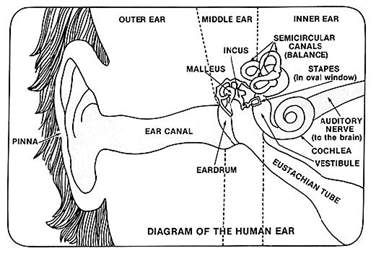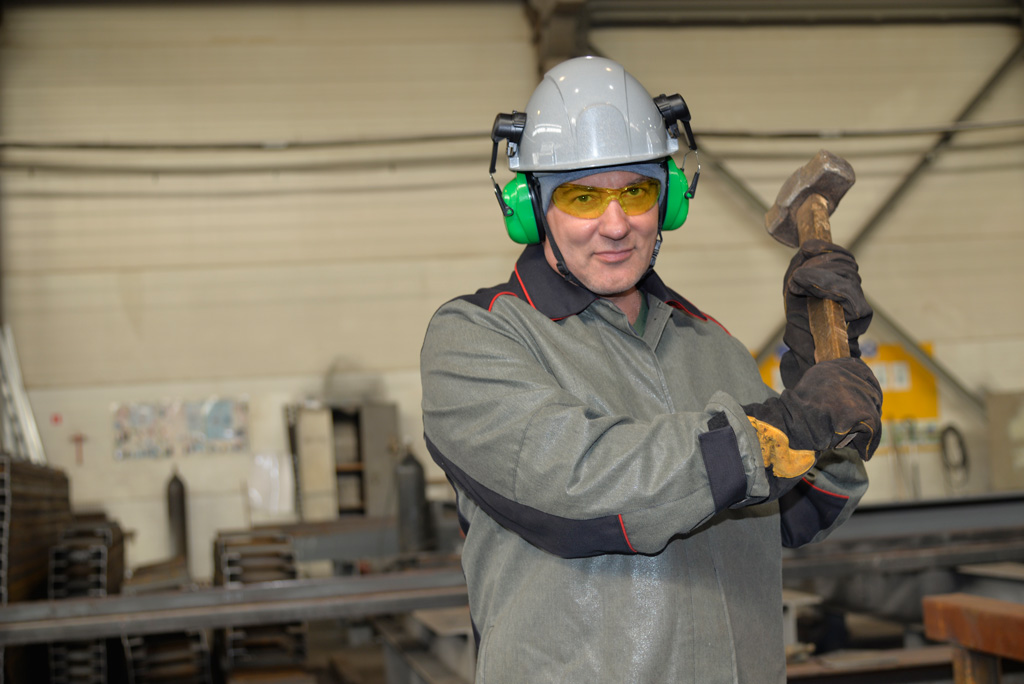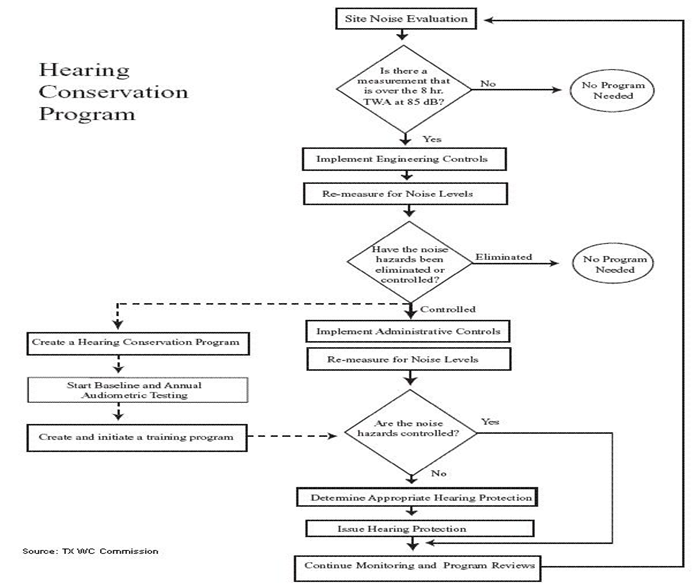Why Selecting The Right Hearing Protection Equipment Is Very Important?
The ear is a very precious and sensitive sensory organ. We take good hearing for granted – even though it is the most vulnerable perception organ we possess. Even while we sleep, our ears remain awake. For most of us, it would be hard to imagine what it’s like to be hard of hearing, or not to be able to hear at all. But even low levels of noise nuisance over longer periods of time can do permanent damage to our hearing.
Apart from causing injury, noise also induces general stress reactions. Noise exerts a direct influence on the central nervous system, which can have psychic as well as physical consequences.
Impaired hearing is a lingering condition, invisible and – most importantly -incurable. Early warning symptoms such as ringing in the ears (tinnitus) or temporary auditory threshold shifts are usually ignored. Continuous high noise levels can do irreparable damage to our ears. People who expose themselves to strong noise daily without protection not only risk losing their hearing but are likely to incur other health problems as well.


Types Of Hearing Protections According To European Standards
1. Earmuffs
Earmuffs in accordance with standard EN 352-1 are defined as hearing protectors that enclose each of the wearer’s external ears with a functional capsule. It is often desirable to frequently put on and take off ear protection in areas with variable noise exposure, earmuffs are recommended for such environments.
2. Earplugs
Earplugs in accordance with standard EN 352-2 are defined earplugs as all hearing protectors that are worn directly in the auditory canal or ear cavity. According to the regulations earplugs is recommended for:
- Continuous noise (lower frequencies).
- When earmuffs tend to cause strong sweating.
- Together with earmuffs for brief periods of extreme noise.
- When wearing other protective equipment such as head protections, respiratory protection, face protection, or safety spectacles.
3. Earmuffs attached to industrial safety helmets
Standard EN 352-3 describes all earmuffs that are directly attached to industrial safety helmets.
Hearing Conservation Program Elements:
- Noise Monitoring
- Hearing Protectors
- Audiometric Testing
- Evaluation of Audiogram
- Audiometric Test Requirements
- Audiometer Calibration
- Training
- Record Keeping

